Related Research Articles
The Bloomsbury Group—or Bloomsbury Set—was a group of associated English writers, intellectuals, philosophers and artists in the first half of the 20th century, including Virginia Woolf, John Maynard Keynes, E. M. Forster, Vanessa Bell, and Lytton Strachey. This loose collective of friends and relatives was closely associated with the University of Cambridge for the men and King's College London for the women, and they lived, worked or studied together near Bloomsbury, London. According to Ian Ousby, "although its members denied being a group in any formal sense, they were united by an abiding belief in the importance of the arts." Their works and outlook deeply influenced literature, aesthetics, criticism, and economics as well as modern attitudes towards feminism, pacifism, and sexuality.

John Henry Newman was an English theologian, academic, philosopher, historian, writer, and poet, first as an Anglican priest and later as a Catholic priest and cardinal, who was an important and controversial figure in the religious history of England in the 19th century. He was known nationally by the mid-1830s, and was canonised as a saint in the Catholic Church in 2019.

Florence Nightingale was an English social reformer, statistician and the founder of modern nursing. Nightingale came to prominence while serving as a manager and trainer of nurses during the Crimean War, in which she organised care for wounded soldiers at Constantinople. She significantly reduced death rates by improving hygiene and living standards. Nightingale gave nursing a favourable reputation and became an icon of Victorian culture, especially in the persona of "The Lady with the Lamp" making rounds of wounded soldiers at night.
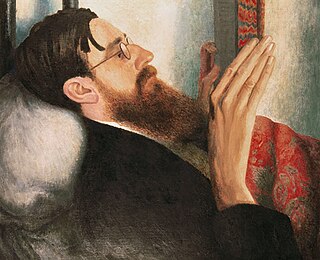
Giles Lytton Strachey was an English writer and critic. A founding member of the Bloomsbury Group and author of Eminent Victorians, he established a new form of biography in which psychological insight and sympathy are combined with irreverence and wit. His biography Queen Victoria (1921) was awarded the James Tait Black Memorial Prize.

Henry Edward Manning was an English prelate of the Catholic Church, and the second Archbishop of Westminster from 1865 until his death in 1892. He was ordained in the Church of England as a young man, but converted to Catholicism in the aftermath of the Gorham judgement.

Thomas Arnold was an English educator and historian. He was an early supporter of the Broad Church Anglican movement. As headmaster of Rugby School from 1828 to 1841, he introduced several reforms that were widely copied by other noted public schools. His reforms redefined standards of masculinity and achievement.
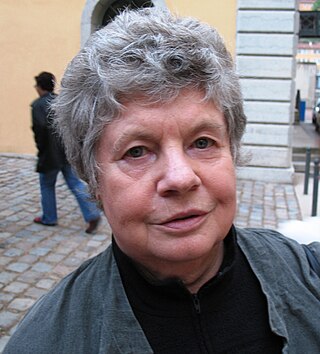
Dame Antonia Susan Duffy, known professionally by her former married name, A. S. Byatt, was an English critic, novelist, poet and short story writer. Her books have been translated into more than thirty languages.
Sir Michael de Courcy Fraser Holroyd is an English biographer.

Frank Arthur Swinnerton was an English novelist, critic, biographer and essayist.
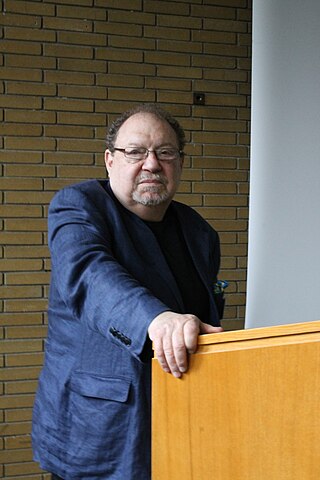
Paul Levy is a US/British author and journalist. He lives with his wife, art historian, Penelope Marcus, in Oxfordshire UK.
Cecil Blanche Woodham-Smith CBE was a British historian and biographer. She wrote four popular history books, each dealing with a different aspect of the Victorian era.

The Catholic University of Ireland was a private Catholic university in Dublin, Ireland. It was founded in 1851 following the Synod of Thurles in 1850, and in response to the Queen's University of Ireland and its associated colleges which were nondenominational; Cardinal Cullen had previously forbidden Catholics from attending these "godless colleges".

Angelica Vanessa Garnett, was a British writer, painter and artist. She was the author of the memoir Deceived with Kindness (1984), an account of her experience growing up at the heart of the Bloomsbury Group.
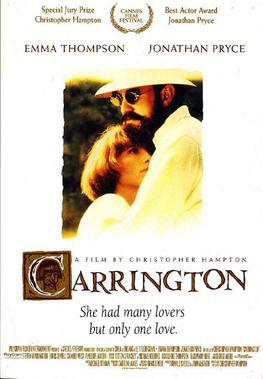
Carrington is a 1995 British biographical film written and directed by Christopher Hampton about the life of the English painter Dora Carrington (1893–1932), who was known simply as "Carrington". The screenplay is based on Lytton Strachey: A Critical Biography, the 1967-68 two-volume biography of writer and critic Lytton Strachey (1880–1932) by Michael Holroyd.

A biography, or simply bio, is a detailed description of a person's life. It involves more than just basic facts like education, work, relationships, and death; it portrays a person's experience of these life events. Unlike a profile or curriculum vitae (résumé), a biography presents a subject's life story, highlighting various aspects of their life, including intimate details of experience, and may include an analysis of the subject's personality.

James Beaumont Strachey was a British psychoanalyst, and, with his wife Alix, a translator of Sigmund Freud into English. He is perhaps best known as the general editor of The Standard Edition of the Complete Psychological Works of Sigmund Freud, "the international authority".

Julia Strachey was an English writer, born in Allahabad, India, where her father, Oliver Strachey, the elder brother of Lytton Strachey, was a civil servant. Her mother, Ruby Mayer (1881–1959), was of Swiss-German origin. For most of Julia's life she lived in England, where she worked as a model at Poiret, as a photographer and as a publisher's reader, before she embarked upon a career in novel-writing. She is perhaps best remembered for her novella Cheerful Weather for the Wedding.
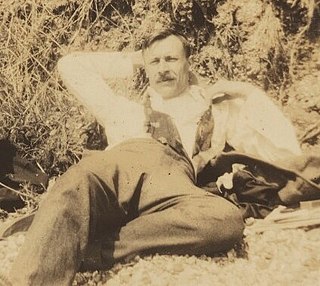
Saxon Arnoll Sydney-Turner was a member of the Bloomsbury Group who worked as a British civil servant throughout his life.

Lytton Strachey: A Critical Biography is a 1967–68 two-volume biography of Lytton Strachey by Michael Holroyd, often seen as the author's magnum opus. He published a revised version in 1994 with a revised subtitle, The New Biography.
References
- 1 2 3 Paul Levy A string quartet in four movements The Guardian, Saturday 20 July 2002
- ↑ Grimes, William (17 April 2006). "Meet the Mrs. Who Organized the Domestic Engineers". The New York Times. Retrieved 25 January 2022.
- ↑ Florence Nightingale, Monica E. Baly and H. C. G. Matthew, Oxford Dictionary of National Biography , 2015
- ↑ Lytton Strachey Eminent Victorians Chatto & Windus 1918
- ↑ The Selected Letters of Bertrand Russell By Bertrand Russell, Nicholas Griffin 2002
- ↑ The Autobiography of Bertrand Russell (Vol. 1, p. 73), George Allen and Unwin Ltd., 1971.
- ↑ Hattersley, Roy (12 August 2002). "Lytton Strachey's elegant, energetic character assassinations destroyed for ever the pretensions of the Victorian age to moral supremacy". NewStatesman. No. The Wrong War. newstatesman.com. Retrieved 3 February 2021.